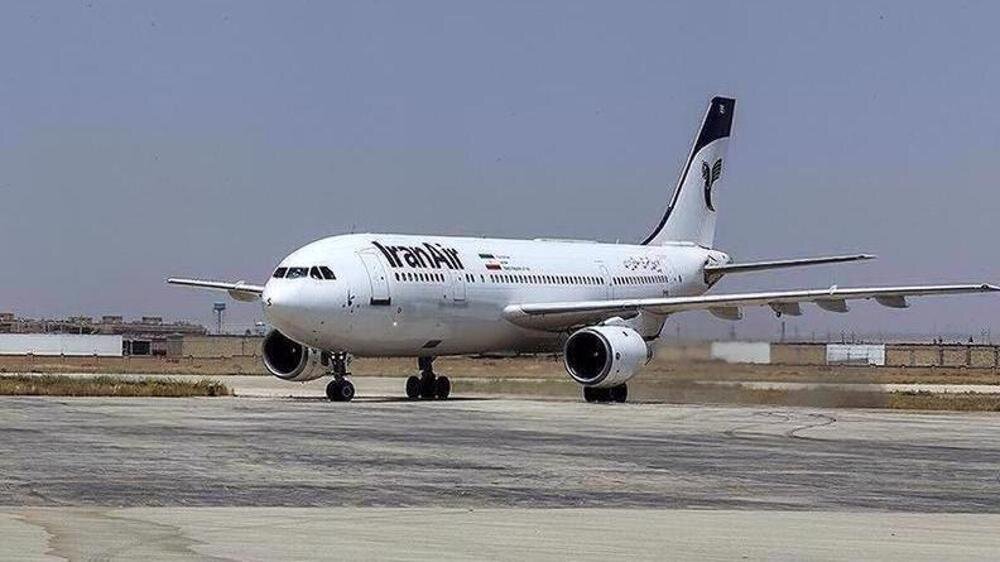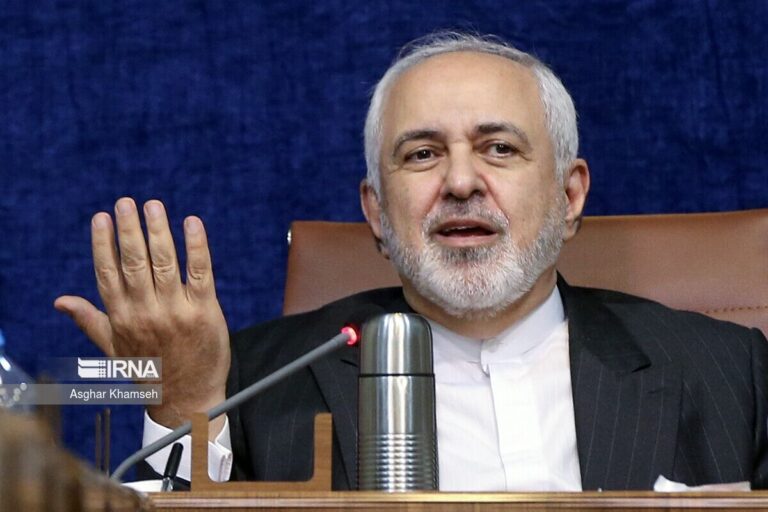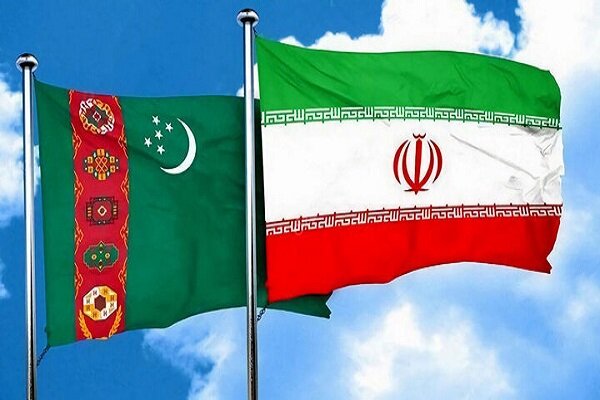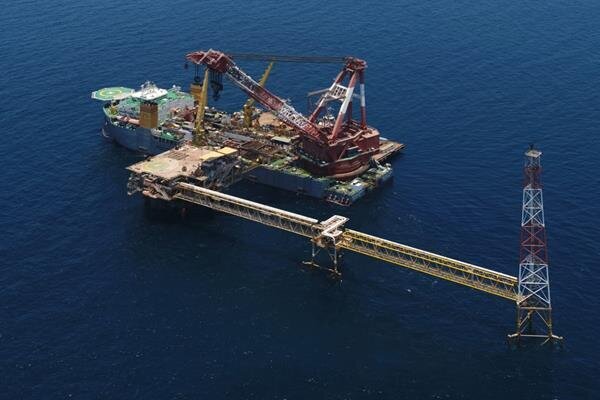Iran’s Airports See 6% Surge in Passenger Traffic Ahead of March
In a significant development for the aviation sector, the CEO of Iran Airports and Air Navigation Company announced that airports across the nation processed over 40.75 million passengers in the year leading up to March 20. This reflects a notable increase of 6% compared to the previous year, according to a report by Press TV.
Mohammad Amirani elaborated on the growth in the aviation industry, revealing that Iranian airports recorded more than 0.359 million flights across 64 airports during the past calendar year, marking an 8% rise from the previous period. This growth is particularly noteworthy given the ongoing challenges posed by international sanctions.
Here are some key highlights from Amirani’s announcement:
- Domestic Passenger Traffic: Increased by over 5% year-on-year, reaching more than 36.83 million passengers.
- International Passenger Traffic: Surged to over 3.19 million, reflecting a 21% increase from the previous year.
- Flight Operations: The total number of flights recorded shows a robust recovery in air travel.
Despite facing a comprehensive regime of U.S. and European sanctions, which have restricted access to new aircraft and components, the Iranian aviation sector is exhibiting resilience. These sanctions have also limited Iranian airlines’ ability to operate in key European airports.
Amirani highlighted the performance of specific airports, noting that Mehrabad Airport, located in the capital city of Tehran, emerged as the busiest airport in the country for the calendar year ending in March. This airport handled nearly 0.116 million flights and catered to over 13.75 million passengers.
Additionally, Shahid Hasheminejad Airport in Mashhad was recognized as the second busiest, accommodating more than 8.42 million passengers during the same period. This growth is indicative of the increasing demand for air travel within Iran, despite external pressures.
As the Iranian aviation industry continues to navigate through sanctions and operational challenges, these figures provide a glimpse of recovery and growth. The increase in both domestic and international passenger traffic demonstrates a renewed optimism among travelers and stakeholders in the aviation sector.
In conclusion, the recent statistics reveal a positive trend in the Iranian aviation market. With an increase in passenger numbers and flight operations, the industry is on a path toward recovery. The improvements in domestic and international traffic, despite the sanctions, suggest that Iranian airports are becoming increasingly capable of handling more passengers and flights.
This upward trajectory in air travel is essential for connecting Iran to the global community, fostering economic growth, and enhancing tourism. Stakeholders in the industry are hopeful that with continued efforts, the aviation sector in Iran will overcome existing challenges and thrive in the coming years.






